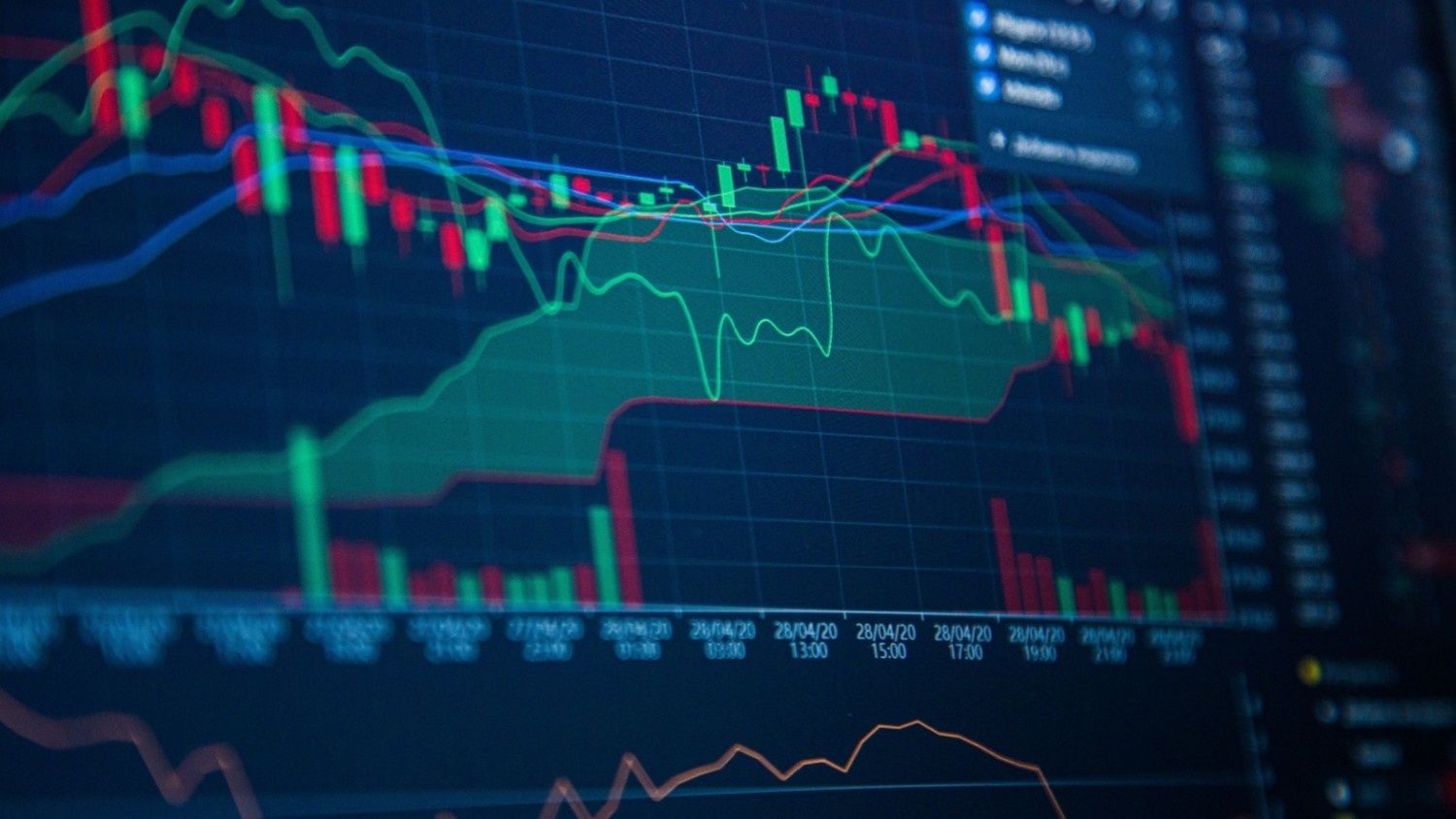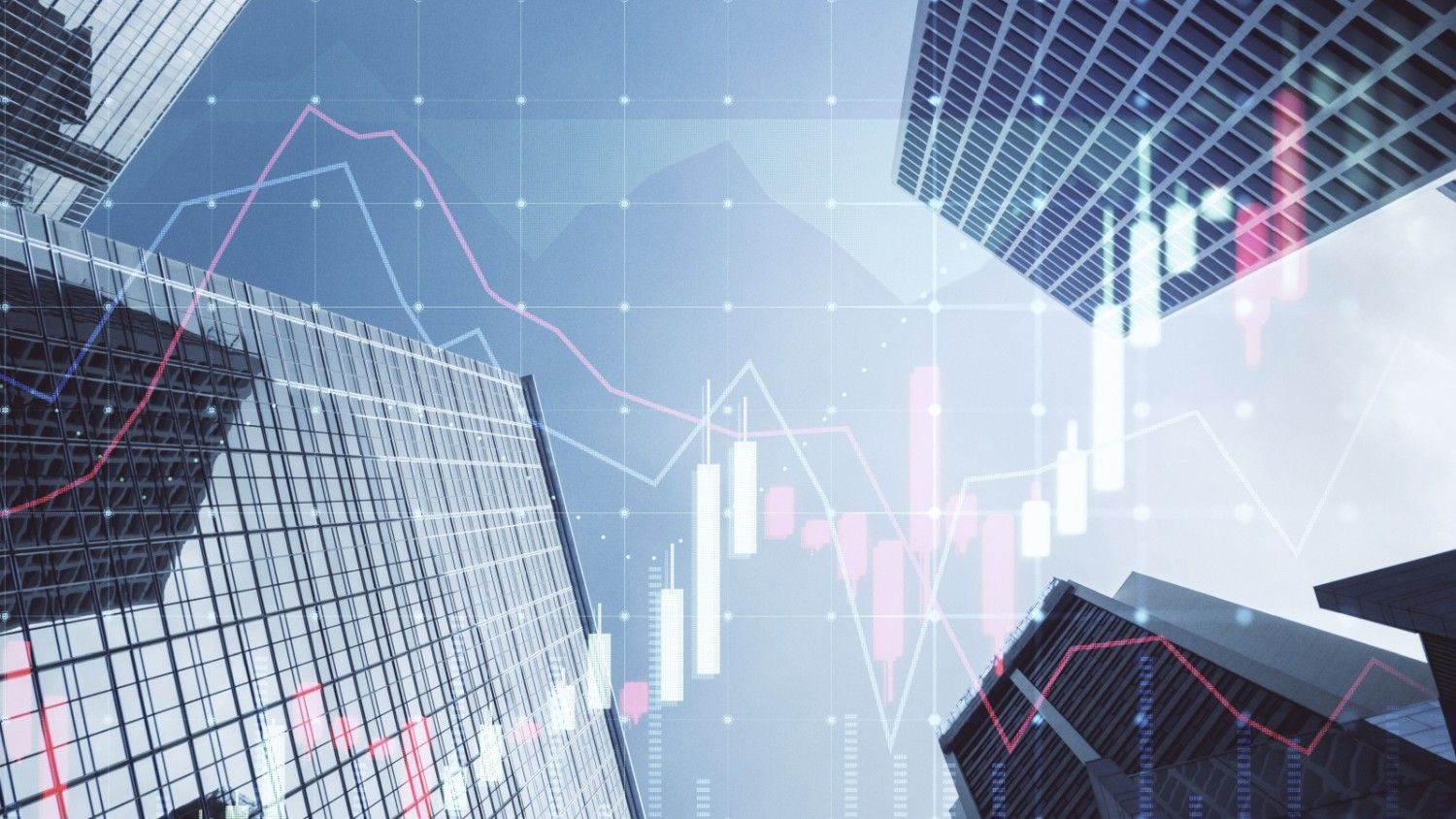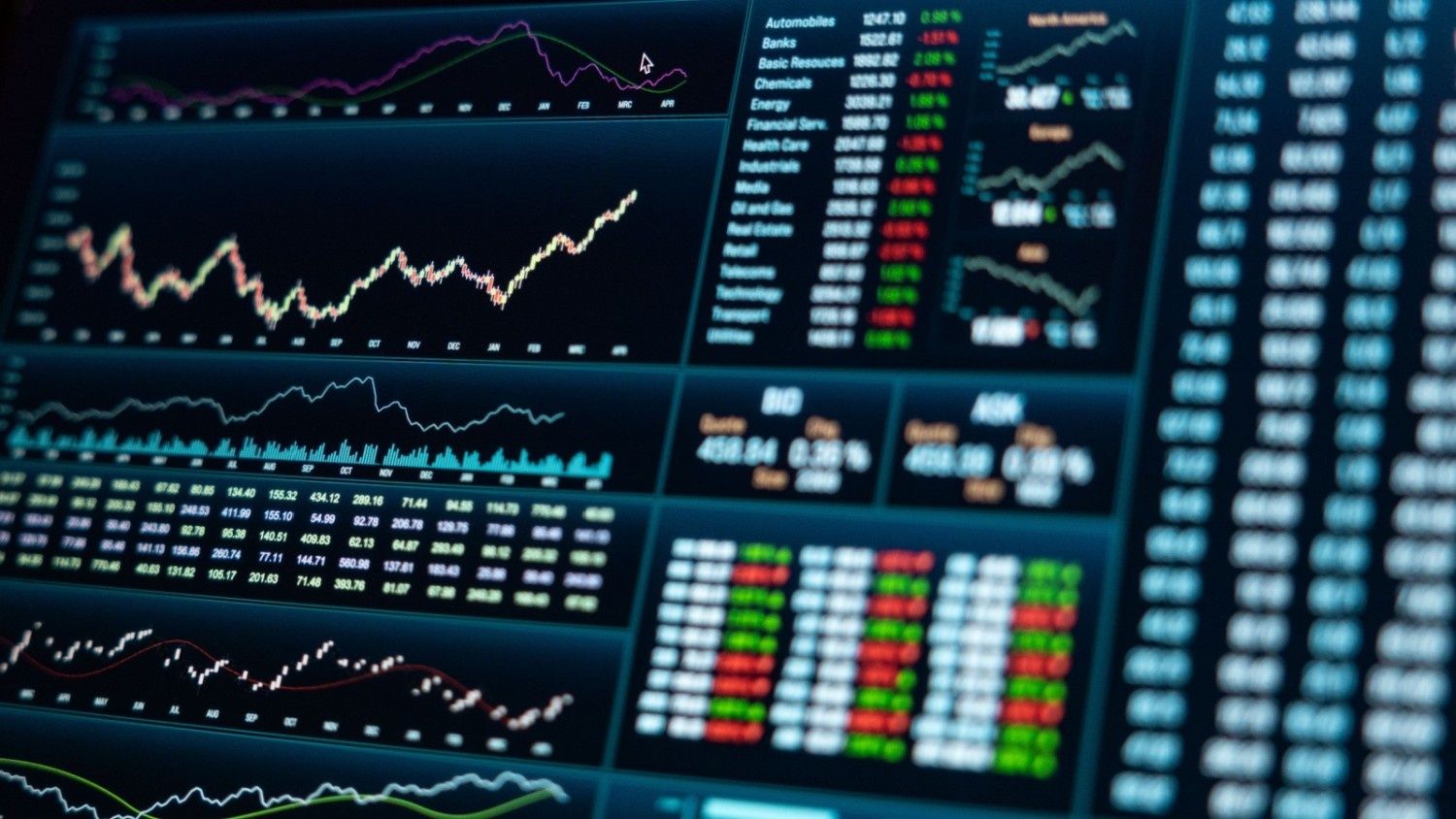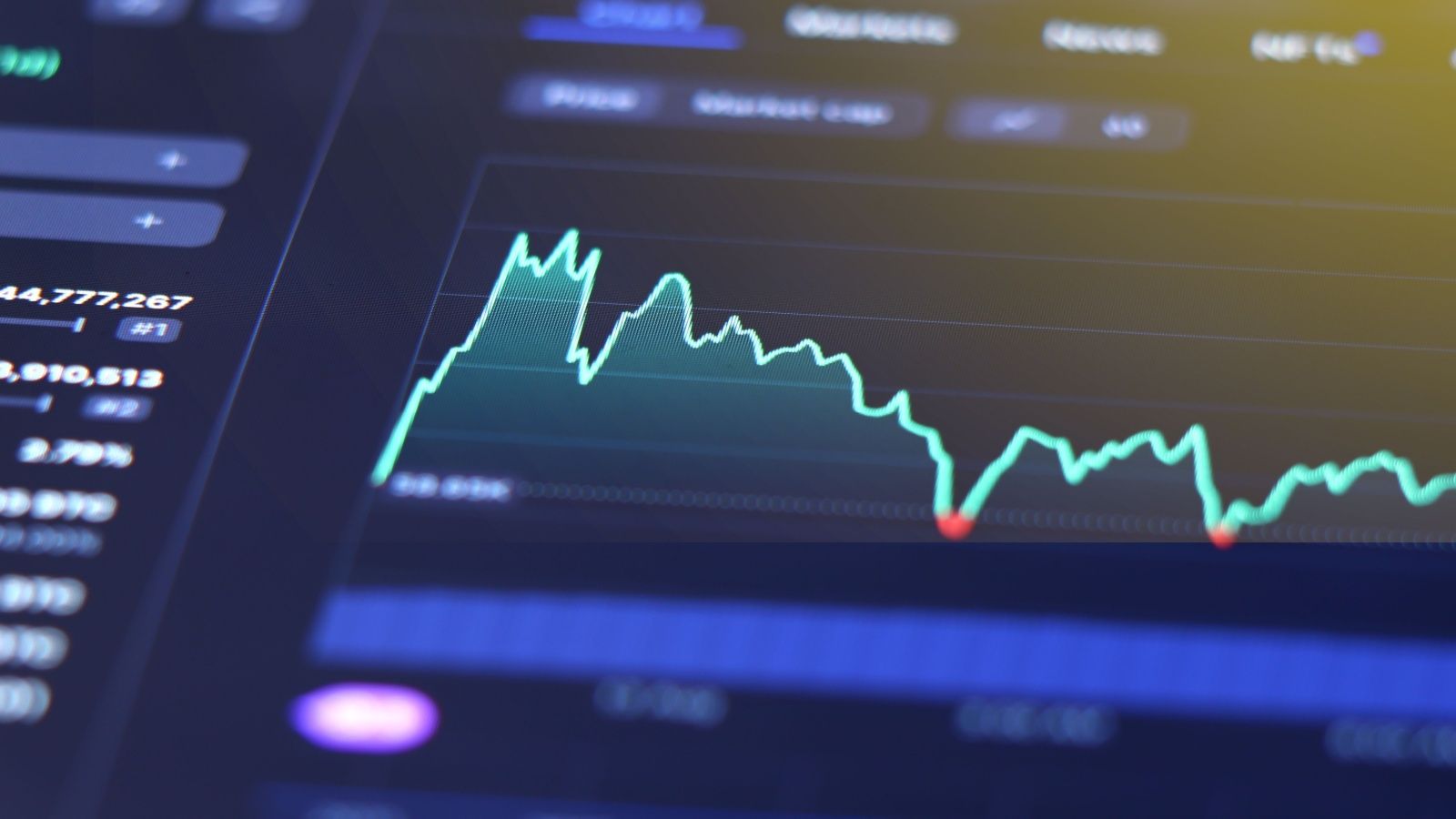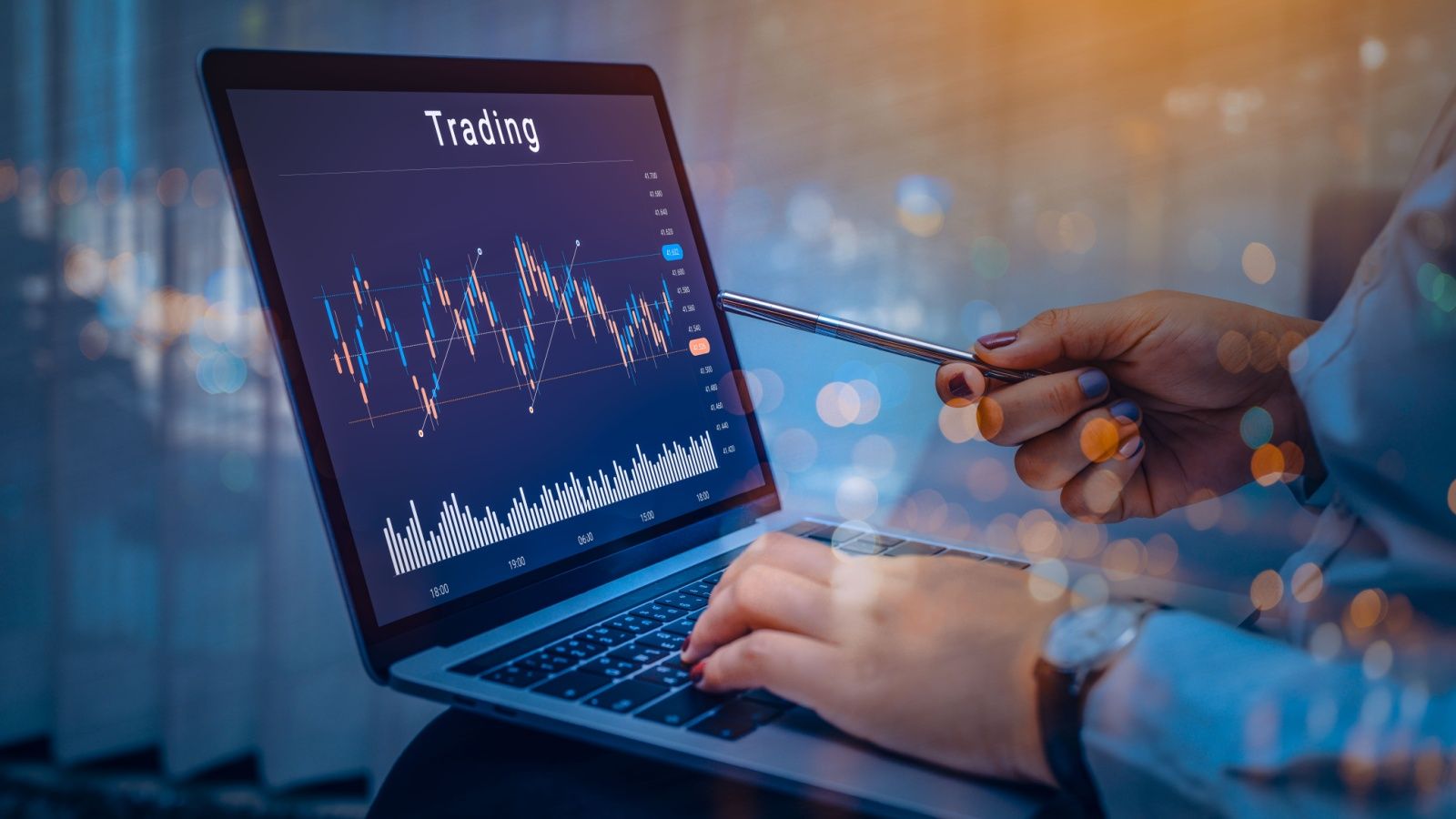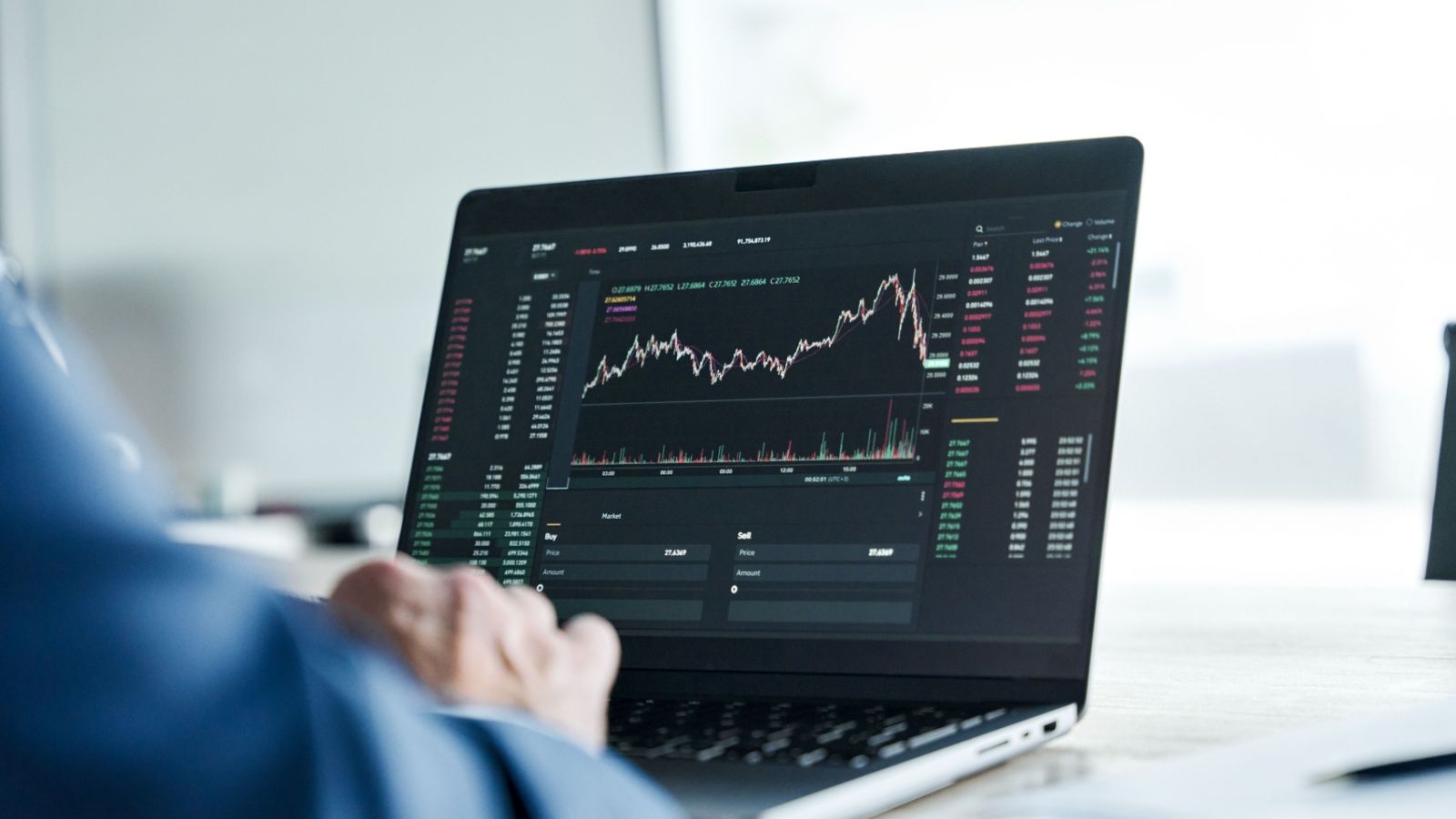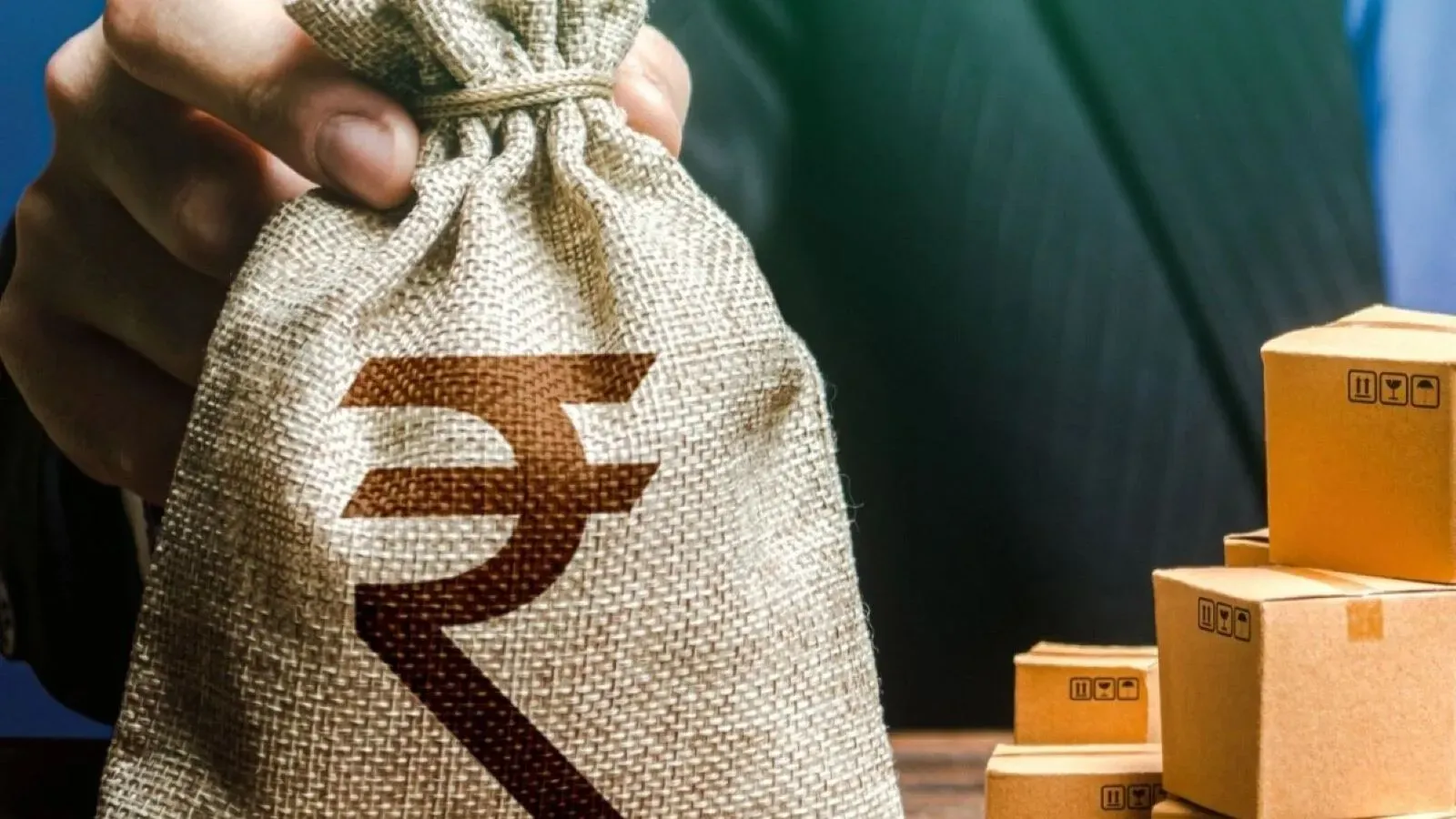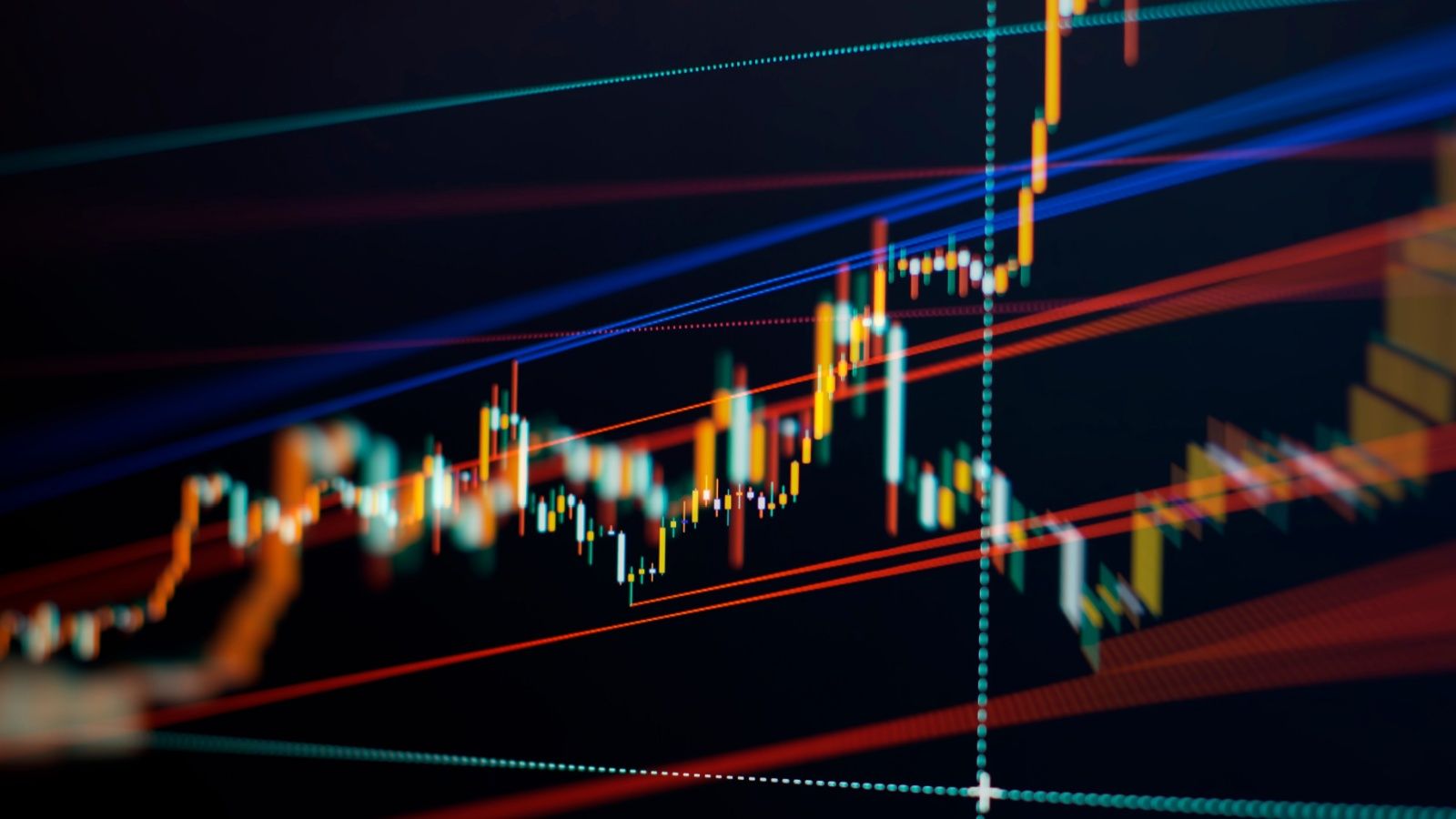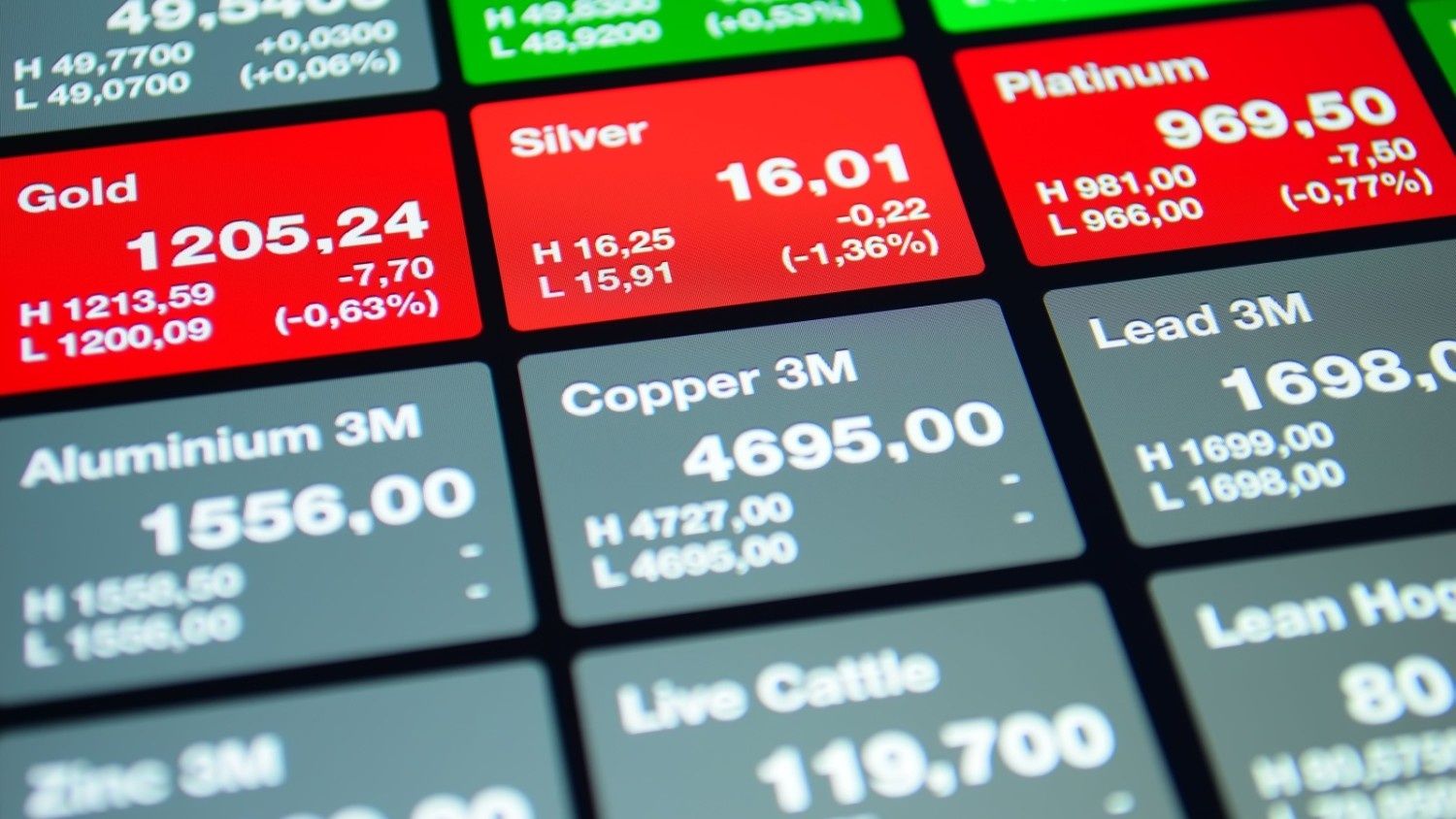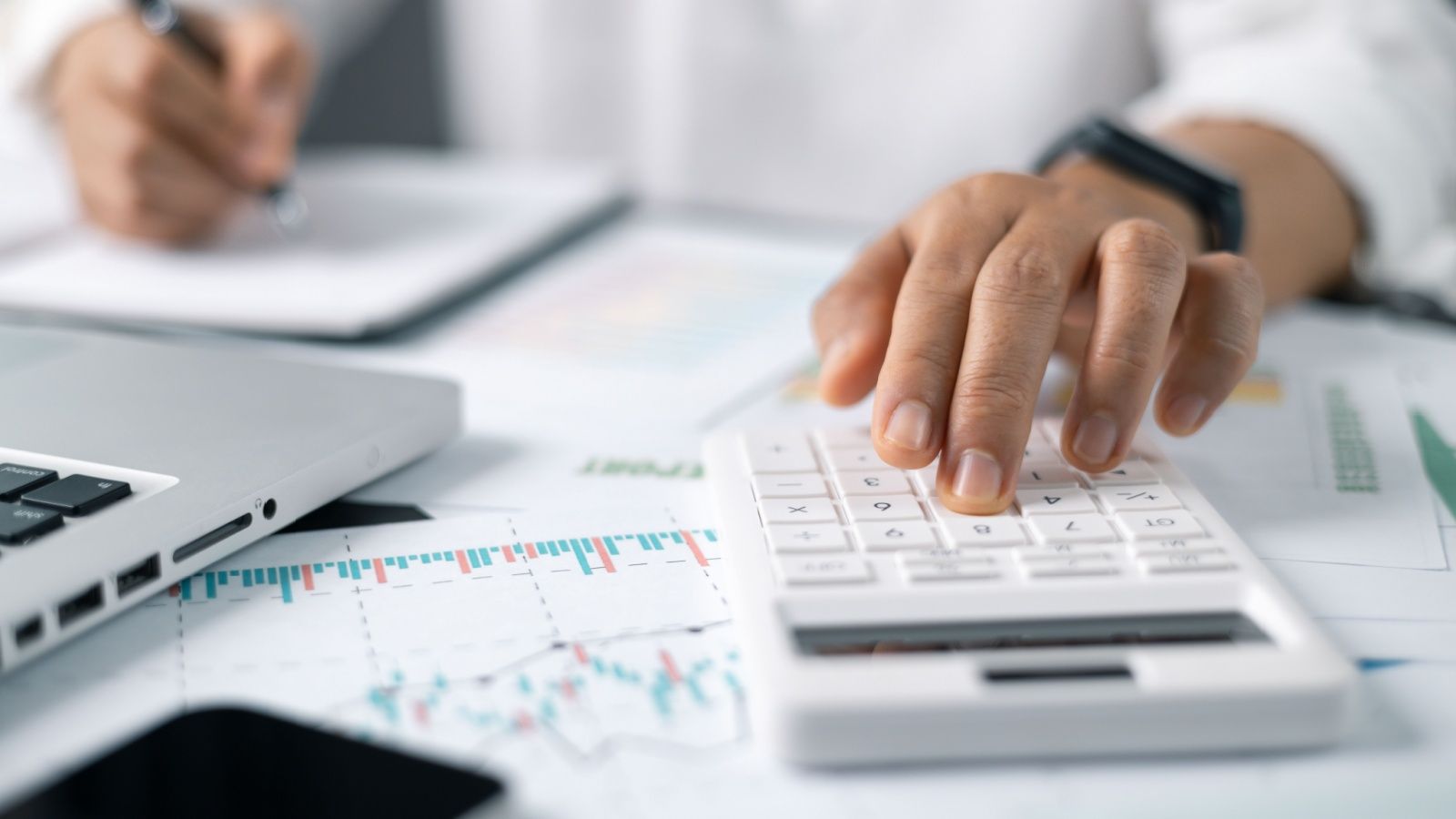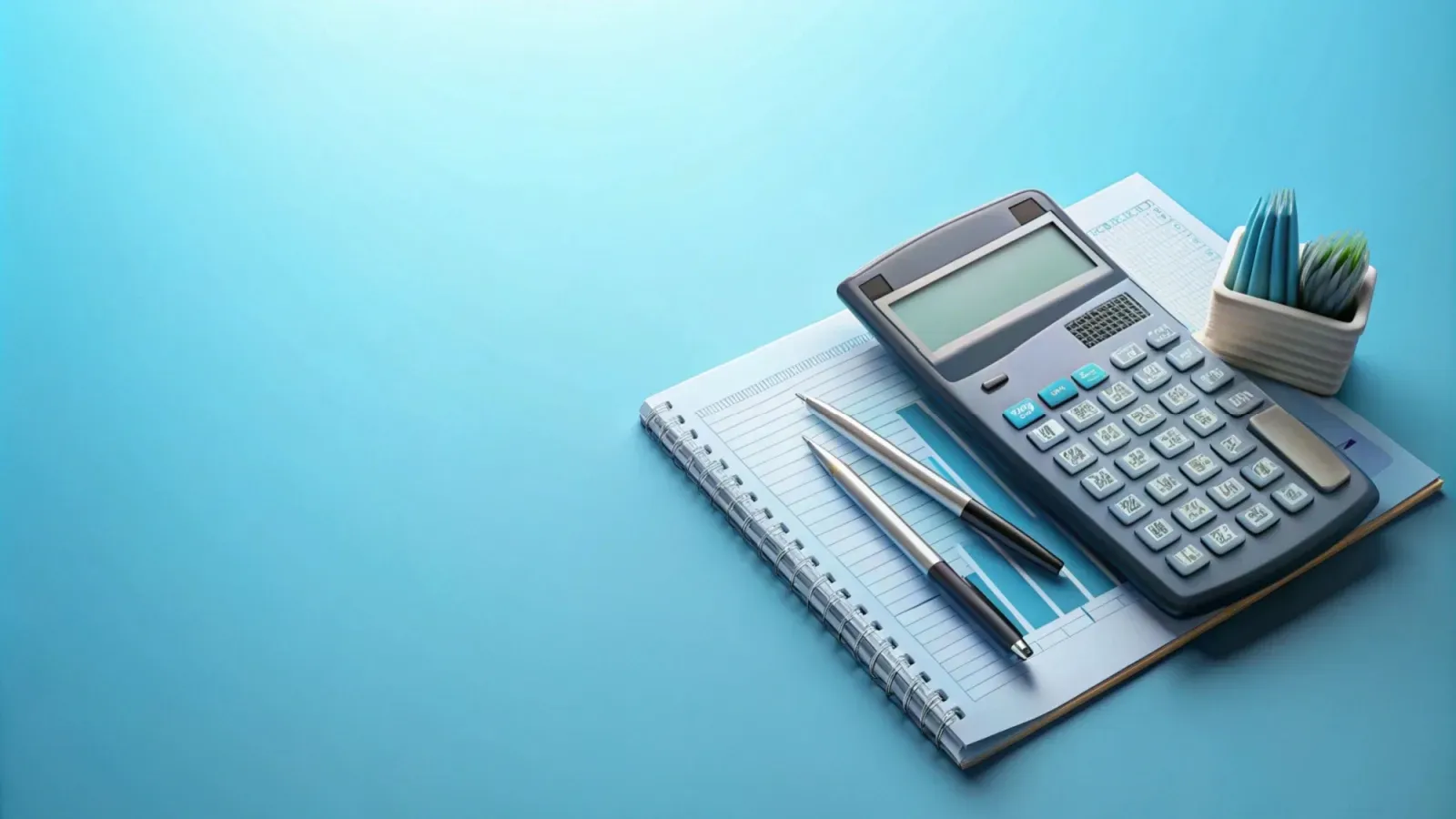Commodity Market Trading For Beginners & How to Trade in India - Strategy & Meaning
Written by Mariyam Sara
Published on October 17, 2025 | 5 min read
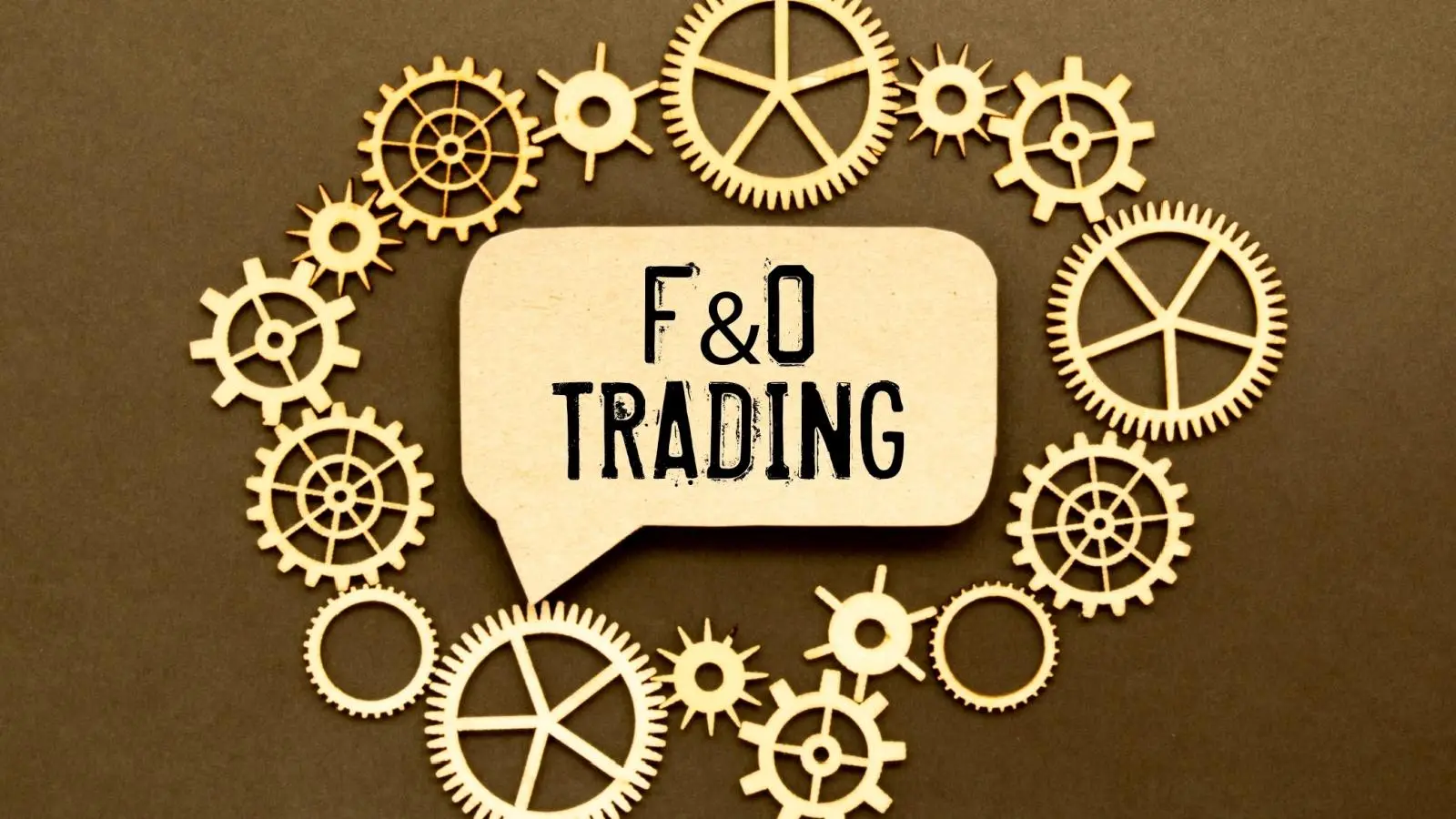
Besides equities and bonds, another very popular investment class in India includes commodities trading. Just like the stock market, commodities trading in India has increased at a rapid pace, and the total market size reached an unprecedented $1.61 trillion in 2025.
If you're a beginner looking to diversify your portfolio by starting to trade and invest in commodities, this is the perfect guide for you.
Commodities Market in India: Brief Introduction
Let us first understand what a commodities market is and how it differs from other secondary markets, such as stock exchanges. Commodity trading involves the buying and selling of raw materials or primary agricultural products, such as gold, crude oil, wheat, and natural gas. These are critical economic resources that are traded in standardised contracts or dedicated exchanges.
In India, it offers a wide range of diversification options, in addition to conventional stocks and debt instruments. As international markets have become more interdependent, trading in commodities can be an excellent source of hedging and profit growth.
The commodity market is a physical or virtual marketplace where raw or primary products are bought and sold. These products are categorised into hard commodities (such as gold, silver, crude oil, and metals) and soft commodities (including coffee, wheat, cotton, and sugar).
Types of Commodities Market in India
The commodities market in India is broadly divided into the following categories:
Spot Market
Here, commodities are bought and sold for immediate delivery and payment. Prices are determined by current market demand and supply.
Futures Market
This market includes trading standardized contracts that promise delivery of commodities at a future date, allowing traders to hedge against price volatility.
Commodity Stock Exchanges in India
There are two main commodity exchanges in India:
- MCX (Multi Commodity Exchange) – trades in metals, energy, bullion
- NCDEX (National Commodity and Derivatives Exchange) – focuses on agricultural commodities
How to Trade in the Commodity Market
Trading in the commodities market in India is as straightforward as investing in the stock market. It involves some simple steps, which are mentioned as follows:
-
Select a SEBI-registered broker that offers access to commodity exchanges, such as MCX or NCDEX.
-
Open a trading and demat account specifically enabled for commodity trading.
-
Fund your account with the required margin money to start trading.
-
Select the commodity and contract that align with your interests, market knowledge, and investment goals.
-
Place buy or sell orders through the trading platform based on your strategy.
Key Participants in the Commodity Market
The commodities market is composed of various participants, including traders and intermediaries. Some of the key participants are as follows, with each adding liquidity and stability to the market:
Basic Strategies for Commodity Trading
Learning and perfecting commodities trading can take months and even years. Spending more time in the market and executing numerous trades helps gain invaluable experience, which enables a trader to grow and improve. Here we have summarized the best strategies which you can use for commodity trading:
| Strategy | Description |
|---|---|
| Fundamental Analysis | Analyse supply-demand factors, global events, weather, and economic indicators affecting commodity prices. |
| Technical Analysis | Utilise charts, patterns, and indicators (e.g., RSI, MACD) to recognise price trends and generate trading signals. |
| Diversification | Spread investments across various commodities, such as metals, energy, and agricultural products, to manage risk. |
| Risk Management | Implement stop-loss orders, avoid over-leveraging, and limit exposure per trade to protect capital. |
| Stay Updated | Monitor news, SEBI updates, and exchange announcements, as well as global market cues, to make timely and informed decisions. |
| Start Small | Begin with smaller lot sizes or paper trading to gain practical experience before scaling up. |
Benefits and Risks of Commodities Trading
Let us start by underlining the benefits:
-
It is an excellent hedging tool that protects your business and portfolio against inflation and price volatility.
-
Commodities help in adding diversification beyond equities and bonds.
-
It also helps enhance high liquidity and leverage by providing quick entry and exit options, allowing trading with a smaller capital base.
However, numerous risks are associated with commodities trading, including high volatility, leverage, and the inherently speculative nature of trades. This is why it is important to approach this market with caution.
FAQs
What is the commodity market?
A commodity market is a marketplace, whether physical or virtual, where raw materials (such as metals, energy, and agricultural products) are bought and sold through spot and derivative contracts, allowing participants to hedge risk or speculate.
What are commodity futures in India?
Commodity futures are standardised exchange-traded contracts that obligate a buyer or seller to transact a specified quantity of a commodity at a predetermined price on a future date.
How do beginners start trading commodities?
Beginners start by selecting a commodity exchange (like MCX or NCDEX), opening a SEBI-approved trading account with a broker, funding it with the necessary margin, and placing trades based on market analysis.
What are the major categories of commodities traded in India?
In India, commodities traded are broadly categorised into metals (e.g., gold, silver), energy (crude oil, natural gas), agriculture (wheat, cotton), and livestock.
- What are the key risks and benefits of commodity trading? Commodity trading offers benefits such as portfolio diversification, inflation hedging, and liquidity, but it also carries risks, including high price volatility and leverage-induced losses.
For those new to commodity trading, it’s wise to start slow, understand the market structure, and follow a disciplined approach. Avoid emotional trading and stay informed through credible sources. With practice, risk awareness, and proper strategy, commodity trading can become a valuable addition to a well-rounded investment portfolio.
About Author
Mariyam Sara
Sub-Editor
holds an MBA in Finance and is a true Finance Fanatic. She writes extensively on all things finance whether it’s stock trading, personal finance, or insurance, chances are she’s covered it. When she’s not writing, she’s busy pursuing NISM certifications, experimenting with new baking recipes.
Read more from MariyamUpstox is a leading Indian financial services company that offers online trading and investment services in stocks, commodities, currencies, mutual funds, and more. Founded in 2009 and headquartered in Mumbai, Upstox is backed by prominent investors including Ratan Tata, Tiger Global, and Kalaari Capital. It operates under RKSV Securities and is registered with SEBI, NSE, BSE, and other regulatory bodies, ensuring secure and compliant trading experiences.




